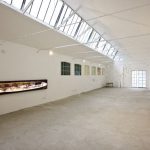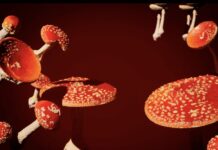The Biellezza Foundation is born
The Fondazione Biellezza has just been born. Twenty years of activism in the social culture by the Pistoletto Foundation has caused surprising results, starting with the city.

The foundation of the famous artist, which is based in a former woolen mill, certainly contributed to the city to be recognized as a Creative City by Unesco. And now here you are the Fondazione Biellezza created by Banca Patrimonial Sella, Banca Sella, Ermenegildo Zegna Holditalia and the Cassa Risparmio Biella Foundation.
The purpose of the Biellezza Foundation
Aims: to increase tourism and offer opportunities for entrepreneurial initiatives to their fellow citizens, especially young people.
On this occasion, the Città dell’Arte and its homonymous Journal organized opportunities for reflection by experts.
The contributor Fernando Miglietta
The latest contribution comes from Fernando Miglietta. As architect and theorist, for decades he has been hyperactive in promoting the practice and theory of architecture and beauty in general, with countless initiatives (including the Abitacolo magazine) that have involved internationally prominent figures over time. In this circumstance, Miglietta focused on a “path of a new idea of the future”. We report some steps as follows.
The pandemic has revealed the limits of the urban condition and has placed the urgency of a different measure for the space of existence and human relations. I refer to ‘Measure of Values’ against the negative values of negation. And a future possibly marked by emergencies requires us to rethink everything.
Thinking of a multifaceted habitat, adaptable to any condition and mutation, full of beauty as the synthesis of a new relationship between man, nature and artifice.
A multipolar vision of time and space, in which interferences and plural connotations interact in a scenario that invites a new alphabet of creative thought and form for a different ethical and aesthetic culture.
Far from the routed positions, in recent years I have defended the richness and charm of a new formative identity by relaunching a different culture of design together with many colleagues, by combining research and experimentation, crossovers and contaminations.
I have always been thinking of the plural, the unity of differences, the unity of impossible paths, dialogue and listening to diversity, the displacement of upside-down horizons, the heretical paths of transversality and of multiple articulation, as an art of building.








